~~~
Today's subject is art. Art, in its many forms is therapeutic, and for many, it's their happiness. I, too, enjoy art in its many forms from writing, to song, to drawing, to sculpture, I mean the list is practically endless!
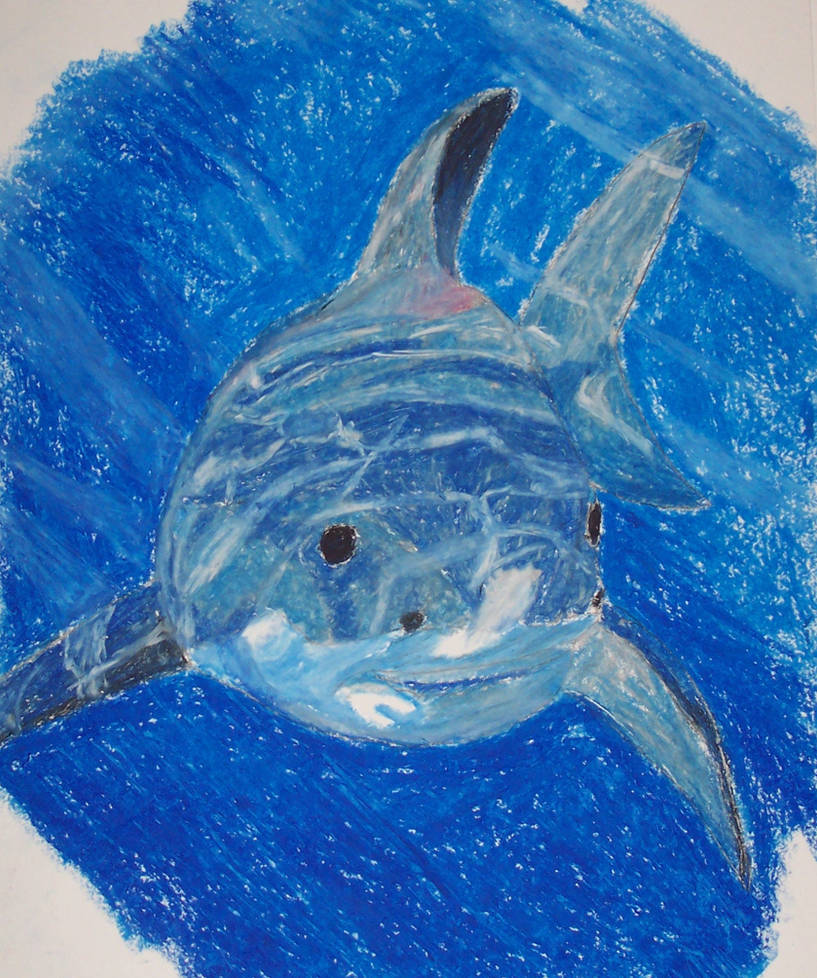 |
| (Above: Serene Great White Shark done in oil pastels) |
Let's focus on the drawing/painting forms today. Like many things in life, it takes practice to get good at a particular skill. I am always seeking to improve my work, and I always will be. The biggest thing is remembering to keep that little nagging voice in check. If you are an artist, you know that voice all to well. It's the one that nitpicks your art until you see it as nothing of worth. Don't let that little voice dominate. Yes, it's good to critique yourself so that you can improve, and if you stop hearing that little voice, you may want to make sure you haven't gotten too big for your britches! There is always improvement to be made. Sorry, but it's the truth.
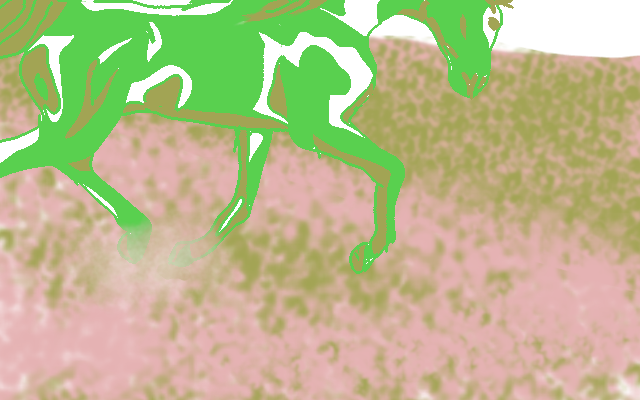 |
| (Above: Digital Drawing of a horse in a field using only three colors) |
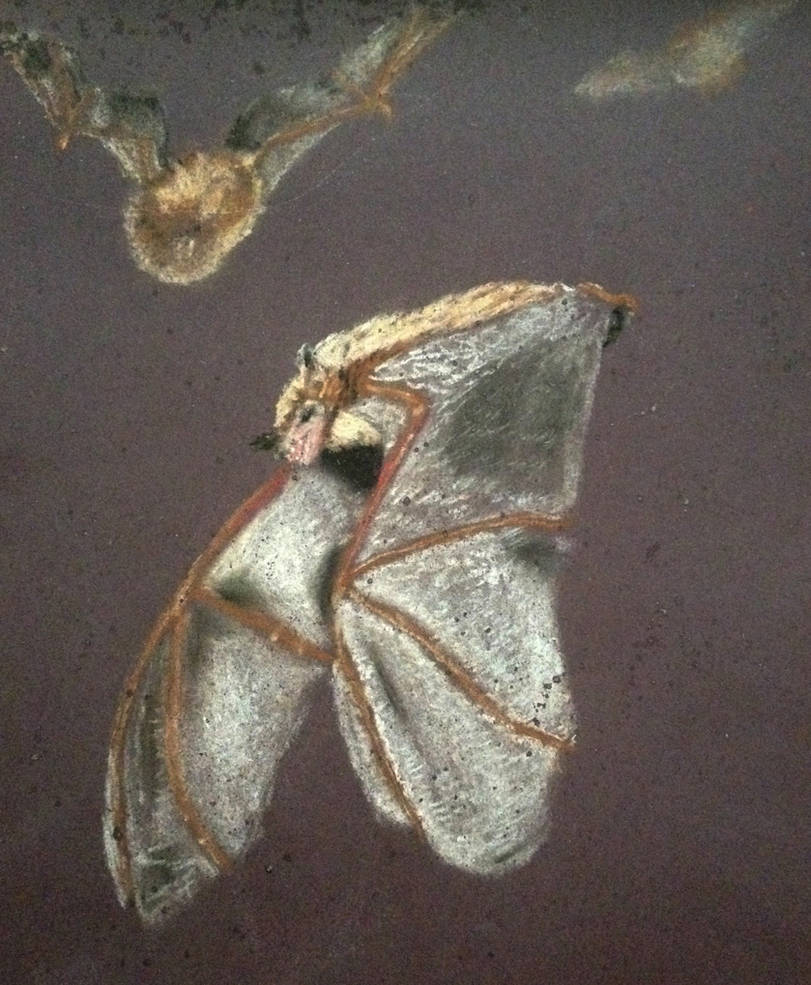 |
| (Above: Night Flying done in pastels) |
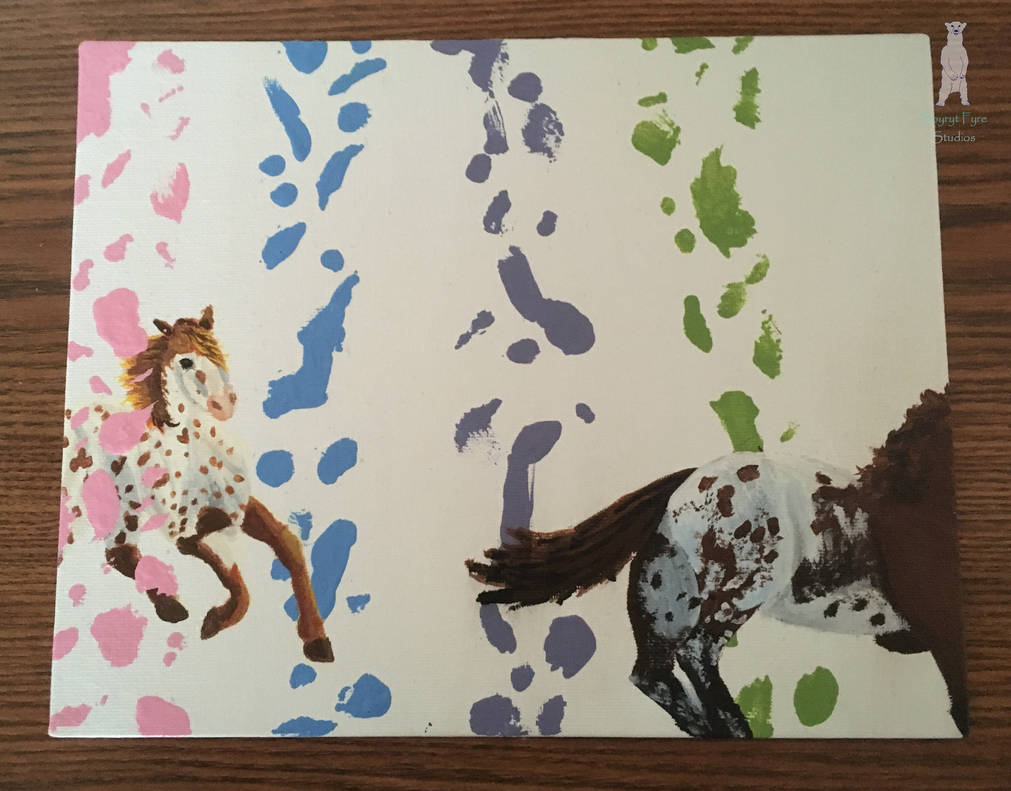 |
| (Above: Twisting Turning Spots done in acrylics) |
Tools of choice then come into play. Will you dabble in as much as possible? Acrylics? Watercolors? Pencils? Markers? Ink? Pastels? Oils? Or will you focus on one medium? Each is unique in their techniques, textures and blendability. It's up to you, the artist to find what you like. Me? I like to dabble. It's fun to see how different mediums work and how that can affect a piece.
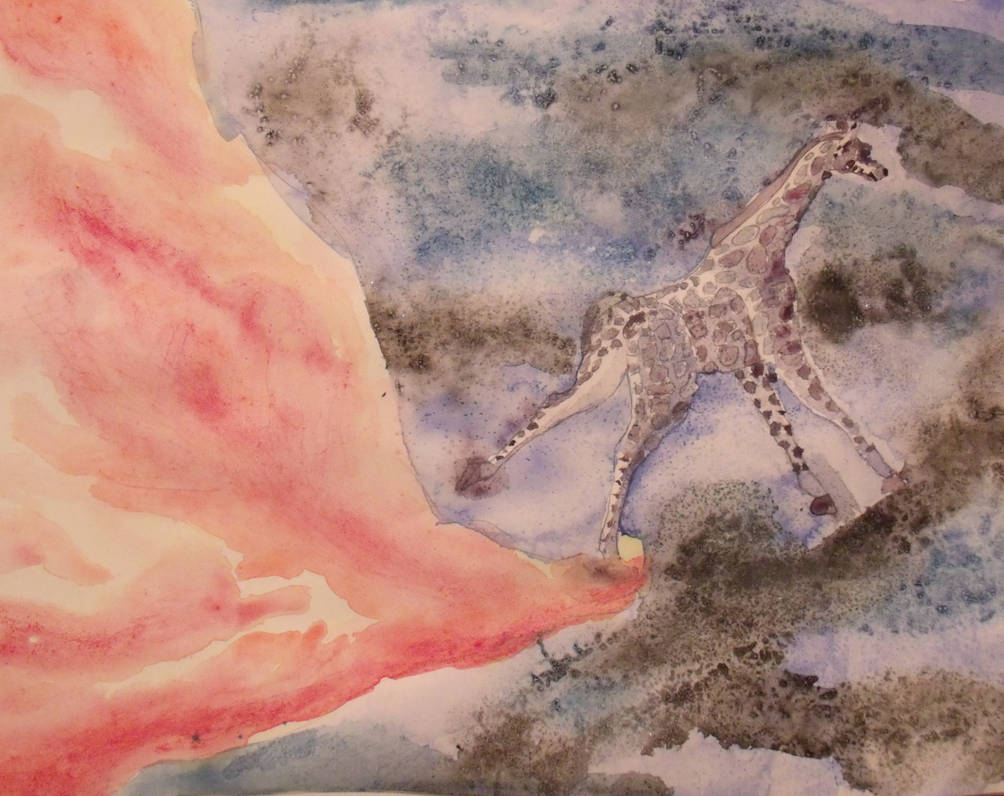 |
| (Above: Bring the Dawn done in watercolors) |
Then comes the moment of adding your color, or even your paint! Your color palette is very important, and it's strongly advised to stay away from pure white and pure black. I personally, still use them slightly when called for, but otherwise, my palette will include various colors. For instance, if you look at my Poland China Boar, below, you will notice that I used black to mute the colors of the pig's body, but in that body are browns, purples, and oranges. Even on the white areas, you will see orange and red that got muted with a white colored pencil.
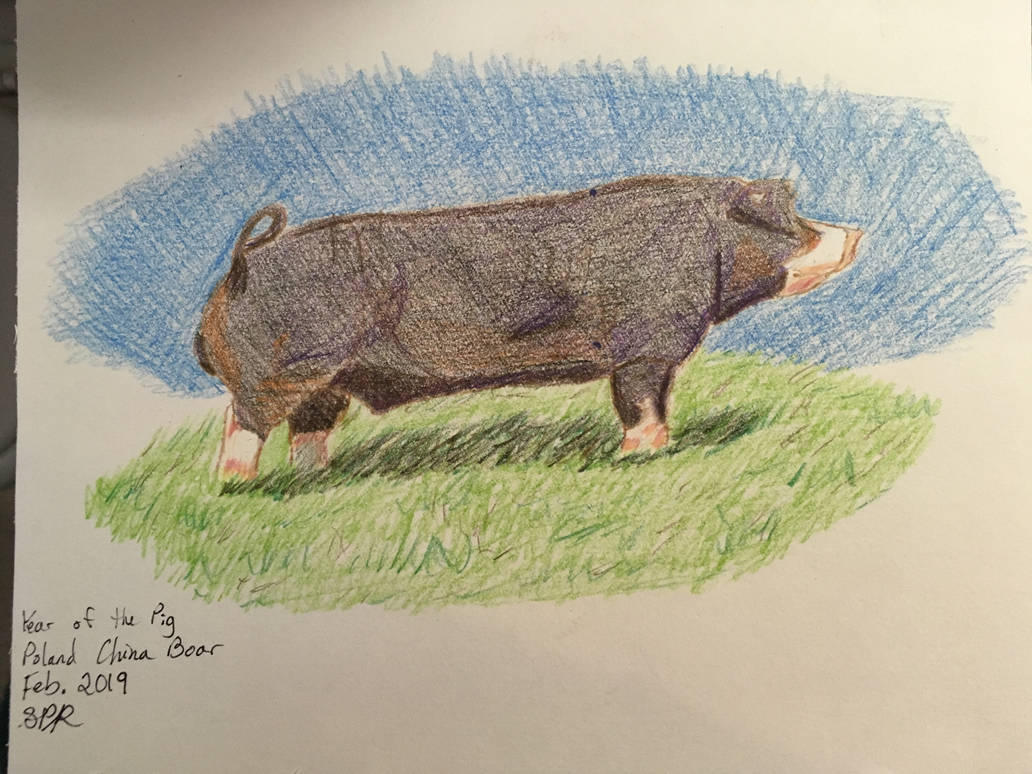 |
| (Above: My recent Year of the Pig piece-more on that another day-Poland China Boar in colored pencil) |
The most important thing with art is to have fun. Draw, paint, create what makes YOU happy. Do not worry about your audience. That's a surefire way to kill your creativity. Do you. Draw for you and most importantly: have fun and be happy.
Till the next time!
GREAT post and reflection on process and journey! Night Flying is one of my favorite pieces you’ve done. <3 ART ON!
ReplyDelete